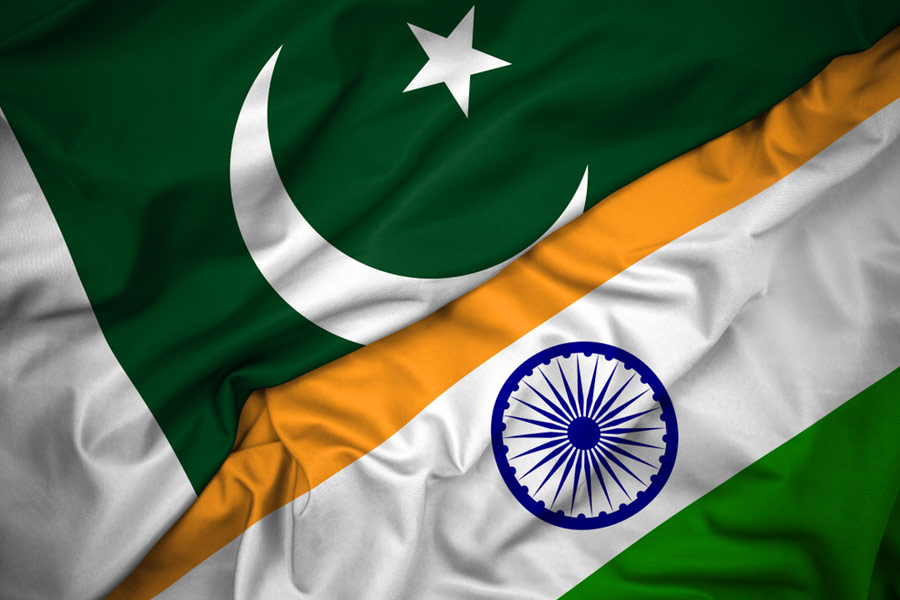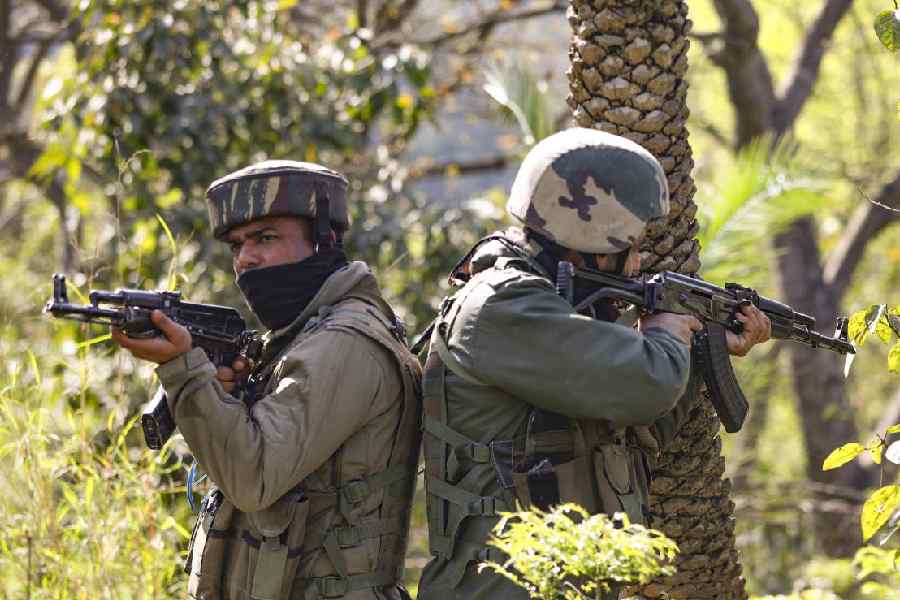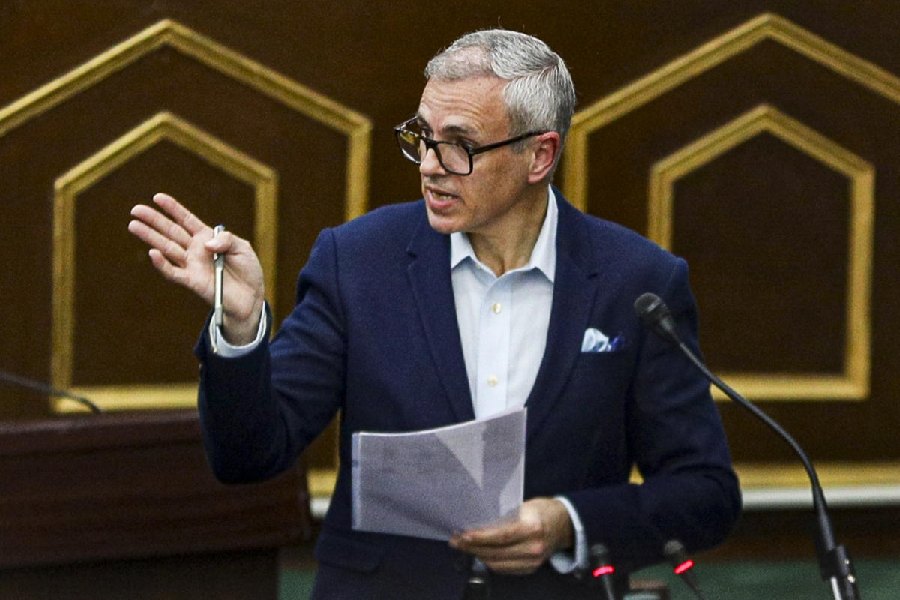 |
Indian Interiors promises a mere “whiff of India”, but delivers an all-colour expanse that straddles the nation. Text by Sunil Sethi accompanies photographs by Deidi von Schaewen which allow a luscious look at some of the most regal palaces and traditional rural homes.
The duo spans the country, sadly leaving out Bengal. In fact, colonial architecture has been largely ignored. The only examples of direct foreign influence appear in the sections on Goa and Pondicherry’s Auroville. Perhaps this is because the volume attempts to examine homes to illustrate ways of life. Portuguese and French influences still pulsates through the homes profiled.
That aside, the creators have captured a vivid slice of the country. Delhi industrialists like Lekha and Ranjan Poddar’s “maintenance-free” cubic home, Mahatma Gandhi’s ashram, the Maharaja of Jaipur’s gold-leaf-encrusted palace, nomadic homes in Kutch?
Starting with Delhi, Sethi moves on for a brief look at Kashmir, Ladakh and Leh. River and lake houseboats feature here.
Then it is on to Rajasthan, which is dealt with the most extensively, where Castle Mandawa, revived from its state of decay with help from French patrons, including Dominique Lapierre, is covered. After the Udai Bilas Palace ? with its grisly dining room of mounted hunting trophies, including tiger, deer and bear heads, and the intricate walls of Juna Mahal, Gujarat is the next destination. Two fascinating segments capture the “thirties art deco palace” of Morvi and the Anand Sarabhai home designed by Le Corbusier.
Asha Parekh’s Juhu home kicks off the Mumbai chapter, followed by the delightful beach shack, the seasonal home of Britons Graham and Kay Coward-Windsor. The biggest spread is devoted to the Indo-Portuguese Casa de Braganza, the largest remaining homestead of its kind, with its rosewood furniture and “faded peppermint walls”.
Kerela’s Catholic homes, Auroville’s austere beauty and the Chettinad Palace now in the care of racing baron M.A.M. Ramaswamy, are included in the southern section.
The east appears in the form of painted mud huts of Orissa, where cow dung patties make their debut.











